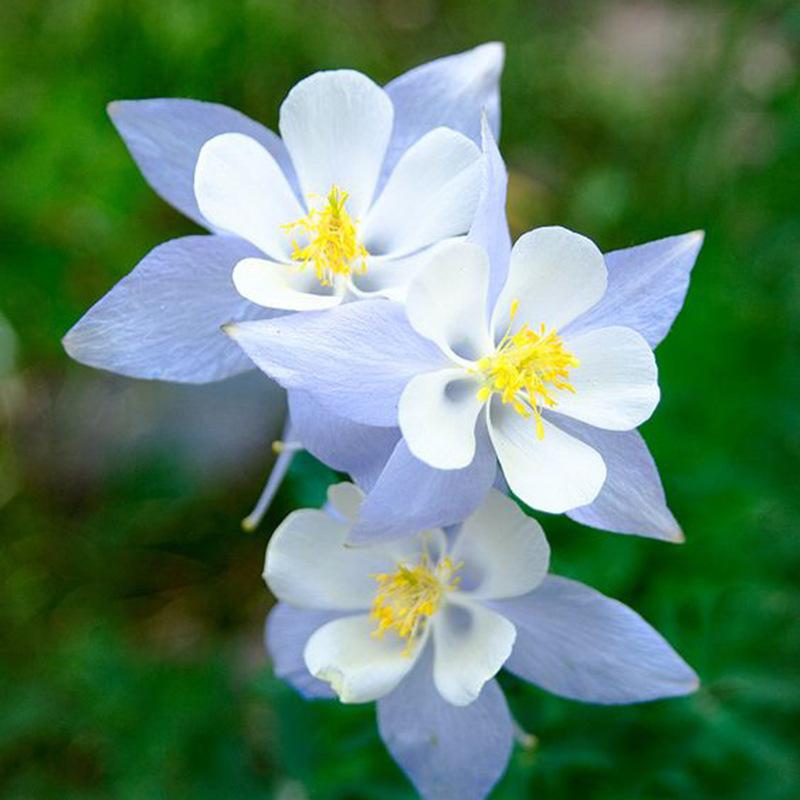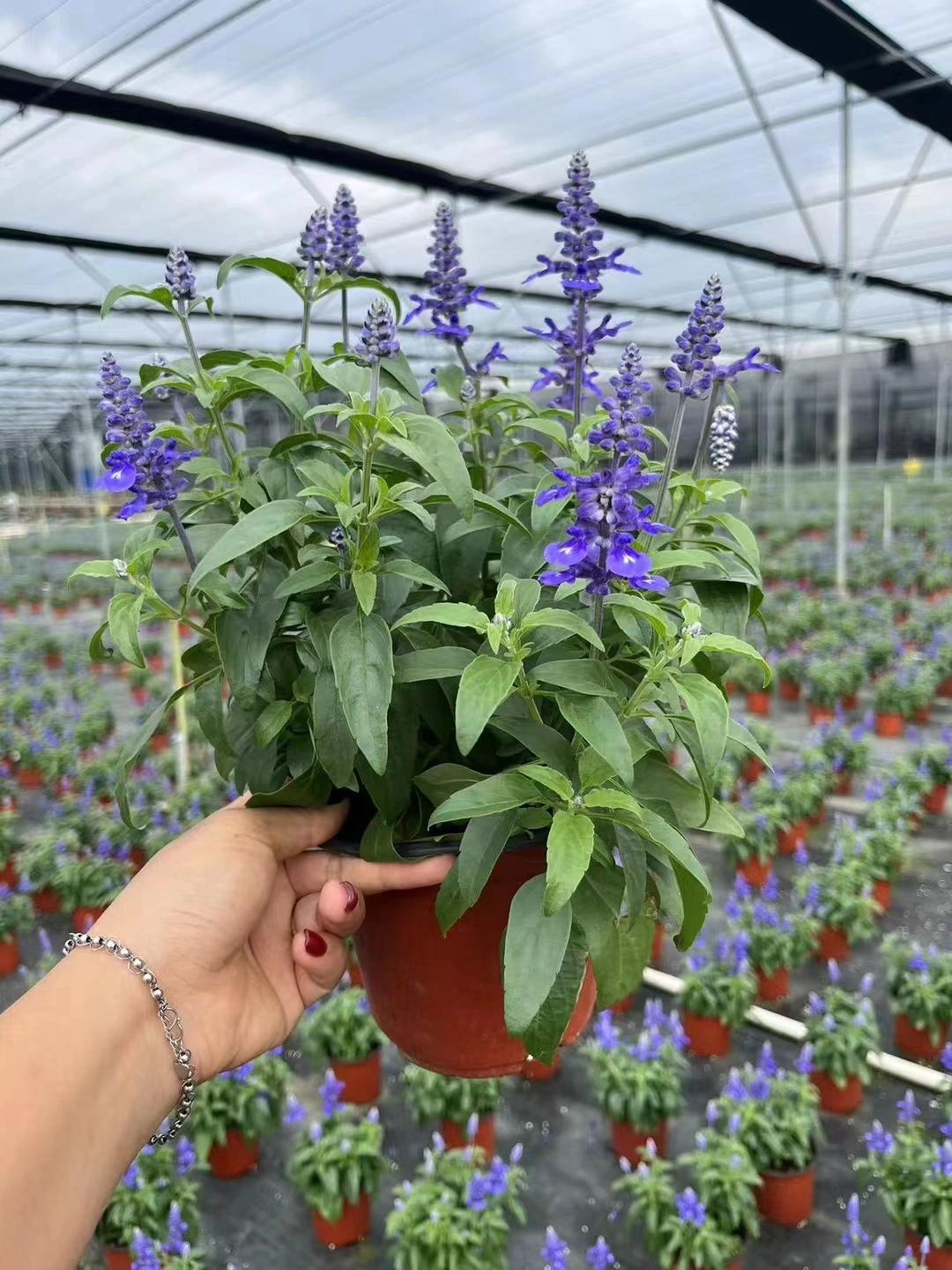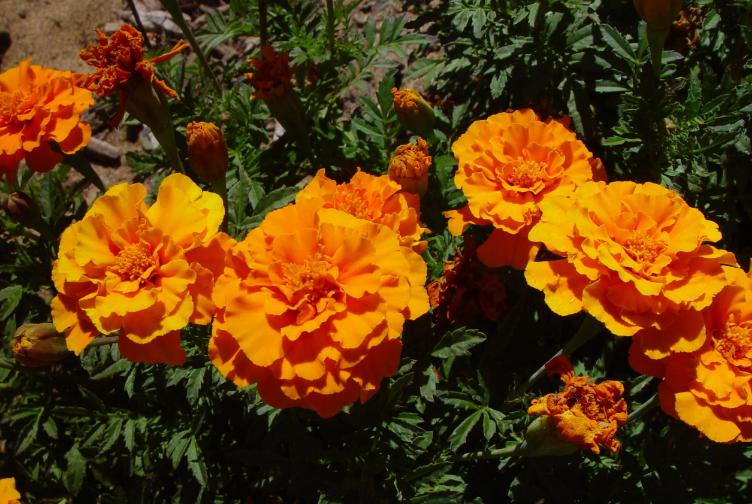Eucommiaceae is a family of flowering plants that has an interesting story. These plants are only found in China, and they have been used for over 2,000 years in traditional Chinese medicine. Eucommiaceae is particularly famous for its ability to produce a unique type of rubber, which is unlike any other natural rubber in the world. The plant’s bark is harvested to extract this rubber, which is used to make everything from tires to sports equipment. What’s even more impressive is that Eucommiaceae is so resilient that it can grow in a wide range of conditions, including polluted urban areas. Its unique properties have made it a valuable asset to China’s economy and a symbol of its culture.
Picture
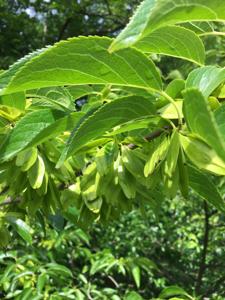
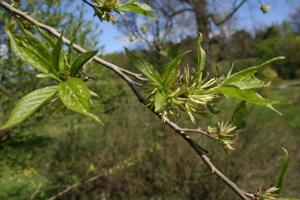
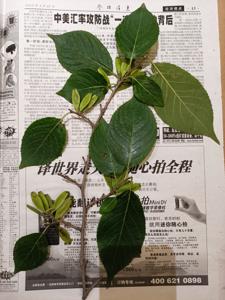
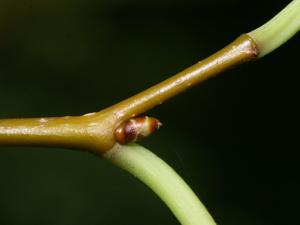
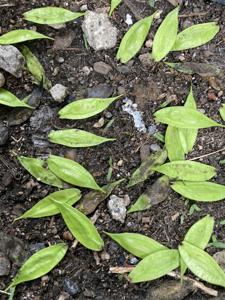
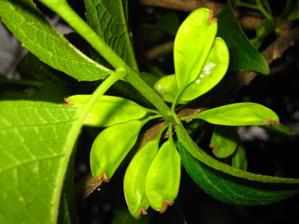
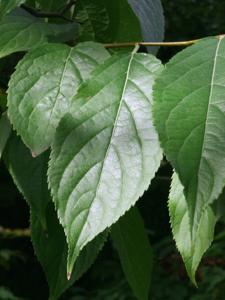
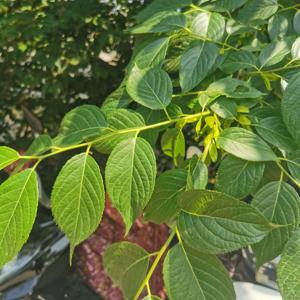
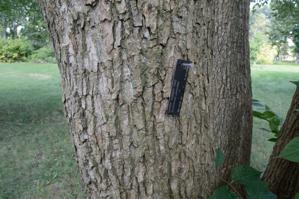
Plant some seeds now!
Short Description
Eucommia is a genus of small trees now native to China, with a fossil record that shows a much wider distribution. The single living species, Eucommia ulmoides, is near threatened in the wild, but is widely cultivated in China for its bark, and is highly valued in herbology such as traditional Chinese medicine.
Description
Modern Eucommia trees grow to about 15 m tall. The leaves are deciduous, arranged alternately, simple ovate with an acuminate tip, 8–16 cm (3.1–6.3 in) long, and with a serrated margin. If a leaf is torn across, strands of latex exude from the leaf veins and solidify into rubber and hold the two parts of the leaf together. It flowers from March to May with the flowers being inconspicuous, small, and greenish. The fruits ripen between June and November and are a winged samara with one seed, very similar to an elm samara in appearance.
The modern fruits are 2–3 cm (0.79–1.18 in) long and 1–2 cm (0.39–0.79 in) broad, while fruits of the extinct species range up to 21 millimetres (0.83 in) long.
Eucommia is dioecious, with separate male and female plants.

